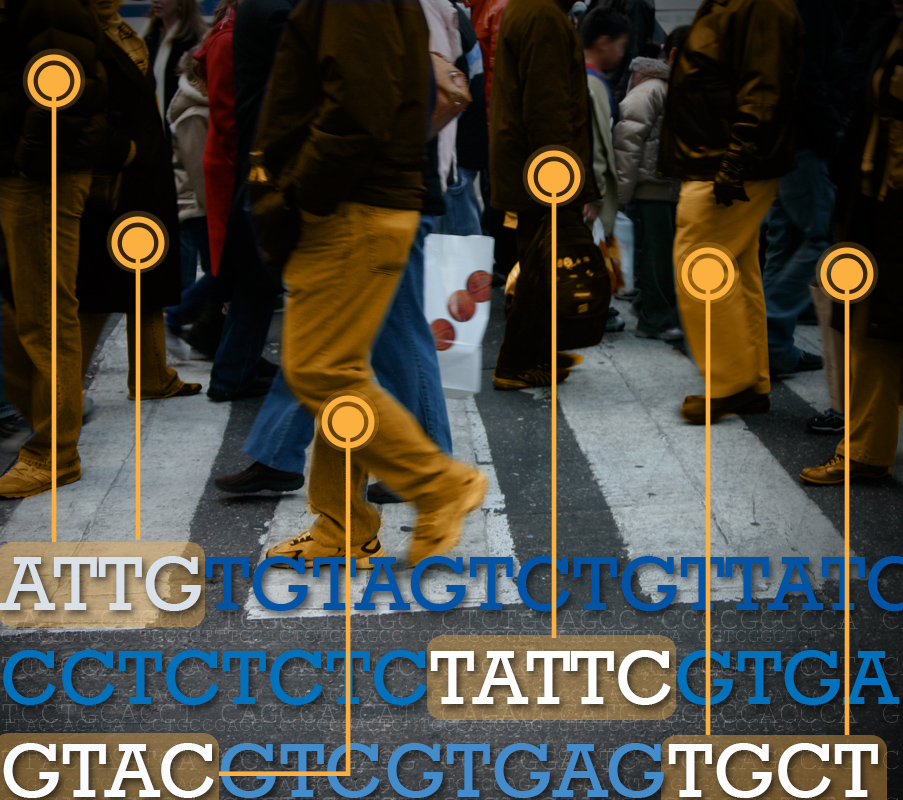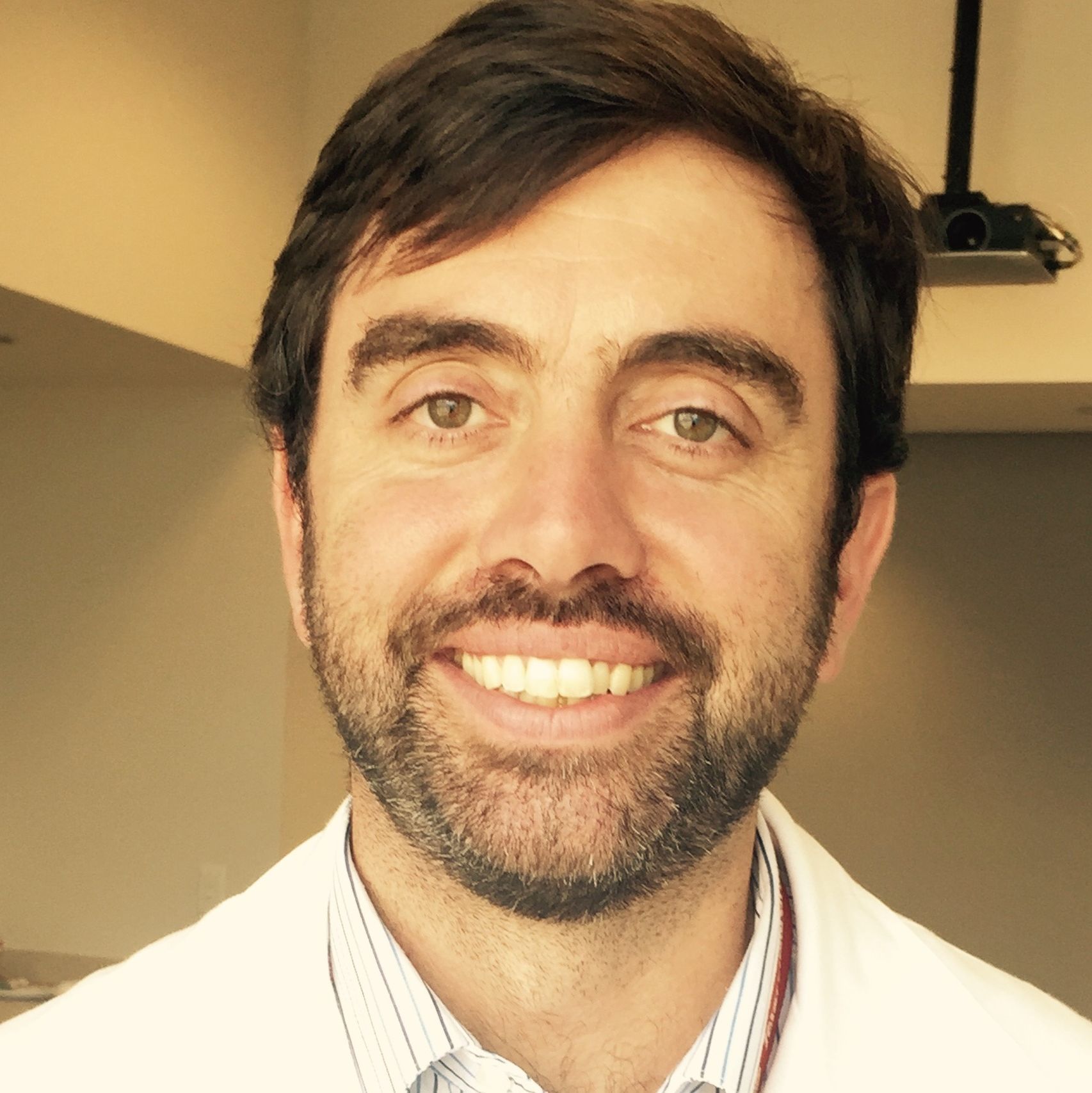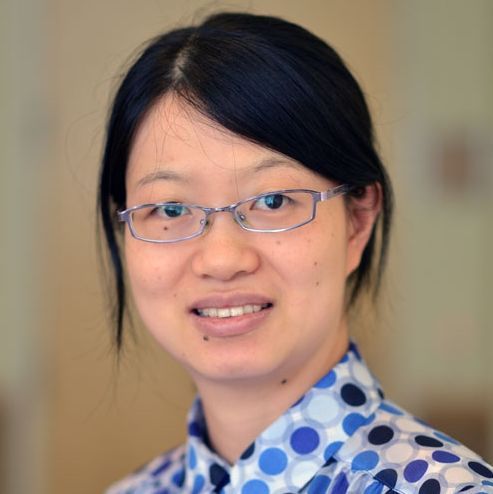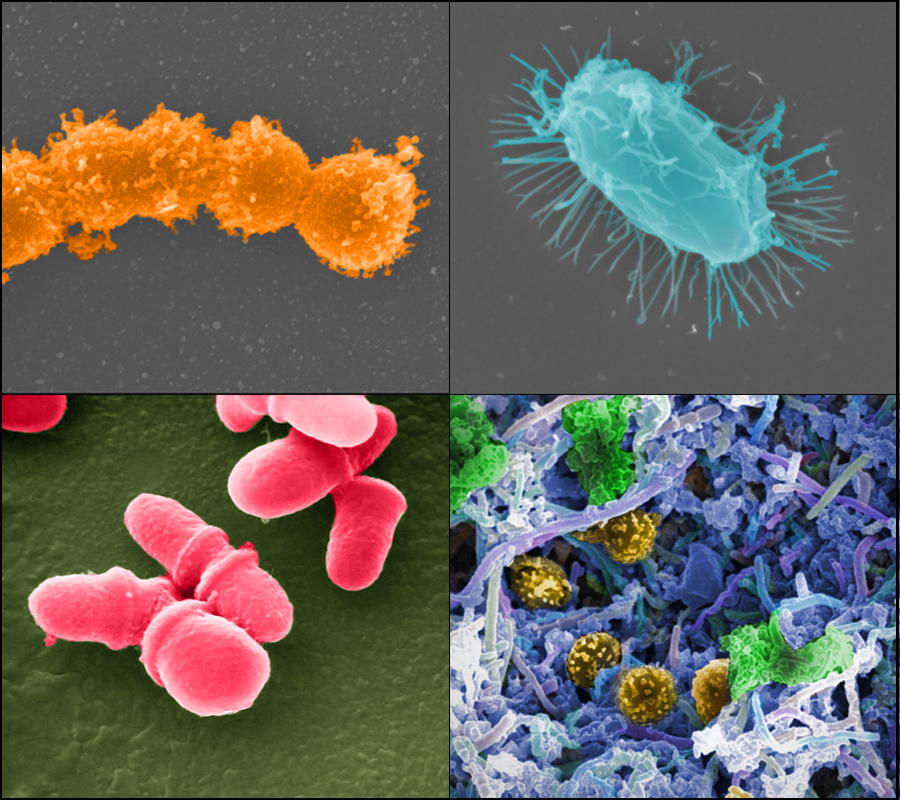Collaboration matters when looking for answers to undiagnosed diseases
It used to be that identifying genes involved in a particular disease was like finding a needle in a haystack. Nowadays, scientists still have to search through haystacks of genetic data, but advances in gene sequencing technologies and in computerized strategies to search genomic data sets with vast amounts of information have made the job faster and more effective.

Another less tangible but equally important propeller of research on undiagnosed diseases is collaborations among researchers around the world. Collaborations are essential because many discoveries of genes causing rare diseases start with one patient. To find more patients affected by the same rare gene, researchers have to sort through as many ‘haystacks’ of genomic data as possible. Individual genomic data sets, each carrying the genomic sequences of thousands or tens of thousands of individuals, are kept and developed by institutions around the world. Only through collaborations can scientists have access to genomic data developed by other scientists. This was the case of the gene NACC1.

“Our colleagues in the Undiagnosed Diseases Network at Duke University identified a new mutation in the NACC1 gene in a patient, a child with neurological impairments,” said Dr. Michael F. Wangler, assistant professor of molecular and human genetics at Baylor College of Medicine and co-senior author of the paper.
“We were excited because NACC1 had not been previously associated with human disease,” Wangler said.
“However, because we had only one patient with the new mutation, it was not clear whether that genetic change was medically significant.”
To answer that question, Wangler and his colleagues looked at Baylor genomic data in the Baylor-Hopkins Center for Mendelian Genetics and in Baylor Genetics Laboratories and found three more patients with an identical genetic change. Then, the Undiagnosed Diseases Network group identified three more patients, some of them via GeneMatcher, which is a matching service for genes that was developed by the Baylor-Hopkins Center for Mendelian Genetics workers at Johns Hopkins University for rare disease researchers.
Linking a new, rare NACC1 mutation to disease
In a few months, a relatively short time for this type of research, Wangler and his colleagues had identified seven unrelated young patients carrying the exact same change in gene NACC1 among about 17,000 individuals whose genomic data was in the data sets.
“We then compared the clinical features of the seven patients and found that all of them presented with infantile epilepsy. We saw cataracts in five of the seven and profound developmental delay,” Wangler said.
“This one mutation in NACC1 was causing dramatic health problems for these patients.”
The scientists were intrigued. The change in NACC1 was not only the same in the seven individuals, a change in a single ‘letter’ in the genetic sequence, but the change was also de novo. “It’s a change that is not in any of the parent’s gene,” Wangler said. “The parents did not pass the mutation to their child; the mutation occurred at some point in the reproductive cells or the embryo and caused dramatic clinical features in the children.”
The probability of finding seven people having the same de novo change in their NACC1 gene purely by chance is tremendously small: zero, comma followed by 14 zeros, one.
“For rare diseases, it can be difficult to conduct statistical analyses that researchers do in common diseases,” Wangler said.
“In this case, however, we were able to obtain sufficient data thanks to our collaborations that allowed us to compare the genomic sequences of thousands of individuals.”
“One of the most interesting parts of this project is that the change we found in NACC1 is the only change present in the genomic datasets of the four clinical or research labs we worked with.”
“This is very unusual,” said Dr. Linyan Meng, assistant professor of molecular and human genetics at Baylor, director of molecular genetics at Baylor Genetics Laboratory and co-first author of the paper.

Some genes have a lot of variation in different people, but that doesn’t cause a medical problem. Other genes, such as NACC1, have remarkably little variation in the population.
“We think that means that for NACC1, changing it can cause a medically significant condition that may not allow the embryo to develop,” Wangler said.
More research is needed to uncover the role of NACC1
Scientists know little about this gene. It seems that NACC1 is a crucial transcription repressor, meaning that it is involved in turning off other genes.
“We think that this mutation in NACC1 possibly alters the normal function of hundreds or even thousands of other genes and a number of processes involving those genes,” Wangler said. “We have a long way to go in that regard.”
“I am honored to be part of the team working in uncovering genes such as NACC1 that are involved in rare, undiagnosed diseases,” said Meng. “Our team will continue working with physicians and other collaborators around the world to build our knowledge and contribute to the community.”
The scientists hope that this report will help clinicians and diagnostic labs provide an answer to undiagnosed cases, and help families affected by the syndrome to connect, share and benefit from each other’s experiences.
The paper appears in The American Journal of Human Genetics.
###
Other contributors of this work include Kelly Schoch, Szabolcs Szelinger, David R. Bearden, Asbjorg Stray-Pedersen, Oyvind L. Busk, Nicholas Stong, Eriskay Liston, Ronald D. Cohn, Fernando Scaglia, Jill A. Rosenfeld, Jennifer Tarpinian, Cara M. Skraban, Matthew A. Deardorff, Jeremy N. Friedman, Zeynep Coban Akdemir, Nicole Walley, Mohamad A. Mikati, Peter G. Kranz, Joan Jasien, Allyn McConkie-Rosell, Marie McDonald, Stephanie Burns Wechsler, Michael Freemark, Sujay Kansagra, Sharon Freedman, Deeksha Bali, Francisca Millan, Sherri Bale, Stanley F. Nelson, Hane Lee, Naghmeh Dorrani, UCLA Clinical Genomics Center, Undiagnosed Diseases Network, David B. Goldstein, Rui Xiao, Yaping Yang, Jennifer E. Posey, Julian A. Martinez-Agosto, James R. Lupski and Vandana Shashi.
The authors are affiliated with one or more of the following institutions: Duke Health, Baylor College of Medicine, University of California Los Angeles, University of Rochester School of Medicine, Oslo University Hospital, Telemark Hospital, Columbia University, the Hospital for Sick Children, University of Toronto, Children’s Hospital of Philadelphia, GeneDx and Texas Children’s Hospital.
This work was supported by Duke Undiagnosed Diseases Network (1U01HG007672-03), Simons Foundation Functional Screen, the National Human Genome Research Institute and the National Heart Lung and Blood Institute (UM1 HG006542), Common Fund (U54NS093793), March of Dimes (grant# 6-FY12-324), UCLA Children’s Discovery Institute, UCLA CART (NIH/NICHD grant# P50-HD-055784), NIH/NCATS UCLA CTSI (grant# UL1TR000124), and the Ting Tsung and Wei Fong Chao Foundation.
Baylor College of Medicine derives revenue from molecular testing offered at the Baylor Genetics Laboratories. D.B.G. has received consultancy fees and has equity ownership in Pairnomix, LLC. S.B. is the founder and F.M. is an employee of GeneDx. J.R.L. has stock ownership in 23 and Me, is a paid consultant for Regeneron Pharmaceuticals, has stock options in Lasergen, Inc., and is a coinventor on multiple United States and European patents related to molecular diagnostics for inherited neuropathies, eye diseases, and bacterial genomic fingerprinting.



